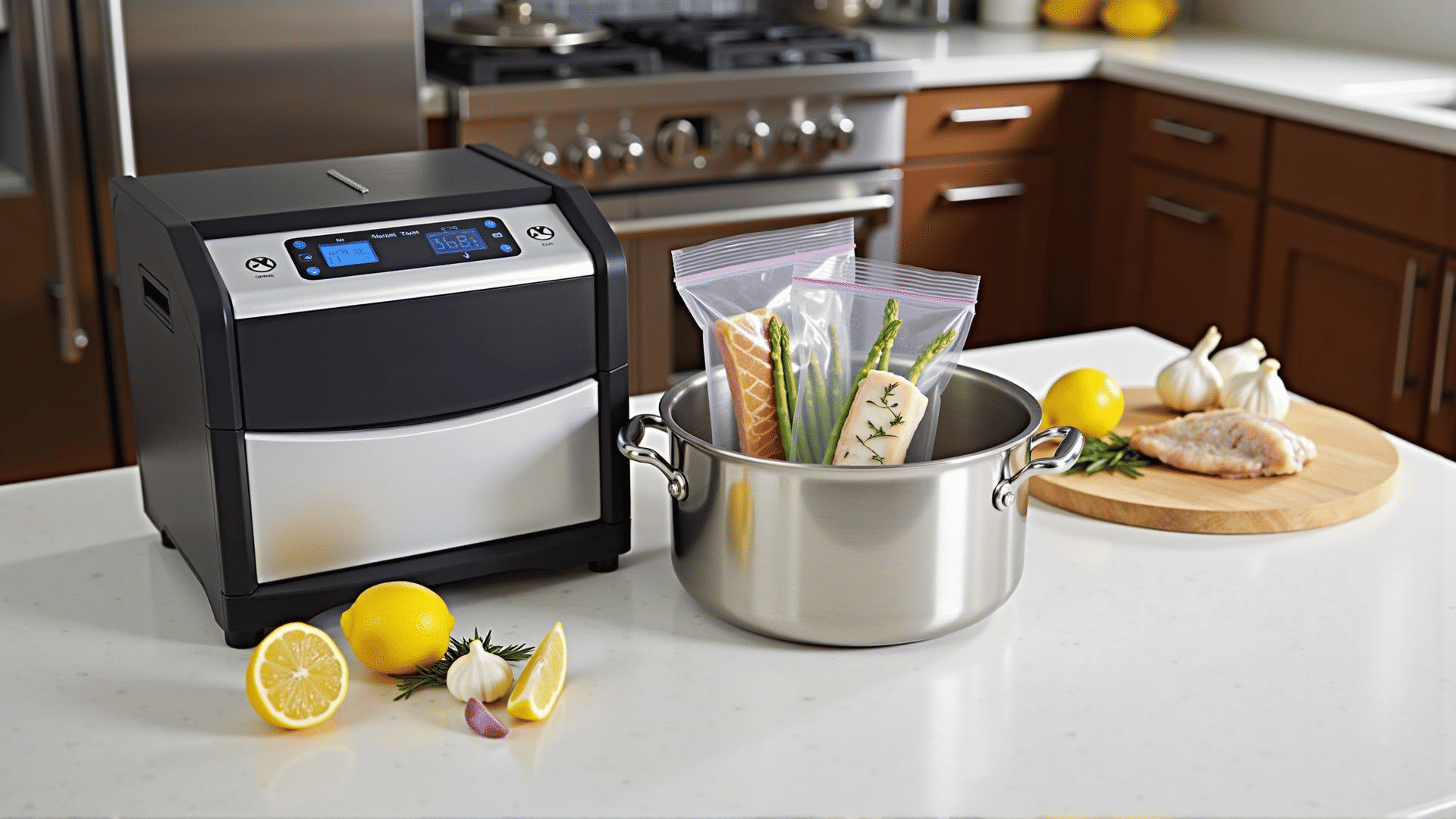Sous vide cooking, once a technique reserved for the kitchens of high-end restaurants, has gradually made its way into home cooking, offering a revolutionary method to craft delicious, perfectly cooked meals with precision and ease. This culinary method, which translates to "under vacuum" in French, involves sealing food in a vacuum-sealed bag and cooking it in a water bath at a precisely controlled temperature. This technique ensures consistent results and allows for unparalleled flavor infusion.
One of the most significant advantages of sous vide cooking is its precision. Unlike traditional cooking methods, where the heat source can vary in intensity, sous vide allows for meticulous temperature control, generally within a range of one degree Celsius or Fahrenheit. This precision means that one can achieve the exact level of doneness desired, whether it's a medium-rare steak or a perfectly tender chicken breast. The risk of overcooking is virtually eliminated since the food remains in the cooking water at a constant temperature, ensuring an even cook throughout.
Beyond precision, sous vide cooking offers a unique opportunity for flavor infusion. By sealing ingredients in an airtight bag, natural flavors are intensified, and aromatic herbs and spices are absorbed deeply into the food. This method transforms even the simplest ingredients into complex and flavorful dishes. For instance, a piece of salmon cooked with lemon slices and dill in a sous vide bath will emerge with an unparalleled depth of flavor—sophisticated yet intensely natural.
Sous vide is also a boon for meal prep enthusiasts, presenting a way to streamline cooking without compromising on quality. Once ingredients are prepped and vacuum-sealed, they can be refrigerated or even frozen for later use, making preparation swift and convenient on busy days. Proteins like chicken, beef, or fish can be cooked to perfection in advance and quickly seared or grilled right before serving, adding a crispy exterior to the succulent interior prepared sous vide.
Retaining moisture is another impressive feat achieved with sous vide cooking. Traditional methods often allow moisture to escape, resulting in dry or tough textures. Sous vide traps the food's natural juices inside the vacuum-sealed bag, maintaining its tenderness and moist quality—dramatically enhancing the eating experience, especially for cuts of meat that are prone to drying out through conventional cooking.
As technology becomes more accessible, sous vide equipment has increasingly become a staple in home kitchens. Modern immersion circulators are compact, user-friendly, and affordable, letting anyone harness the potential of this cooking method. Beyond proteins, vegetables, eggs, and even desserts showcase the versatility of sous vide, opening endless culinary possibilities.
While it may initially seem daunting, sous vide cooking invites home chefs to reimagine their approach to meal preparation by ensuring precision, enhancing flavor depth, and streamlining the process. With a little experimentation and creativity, this method promises to transform not just meals but the entire cooking experience into an art form defined by meticulous control and exceptional taste.
